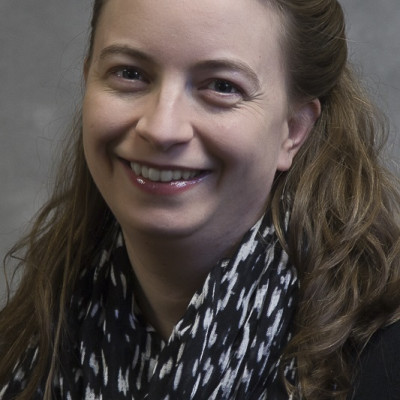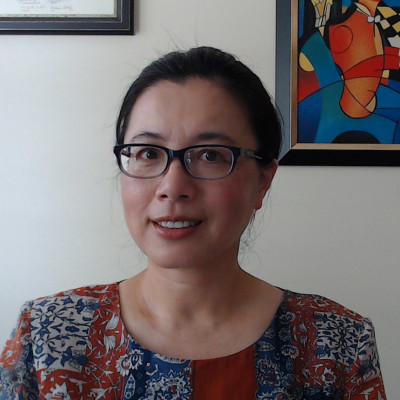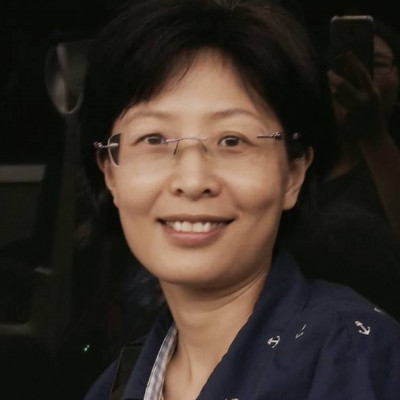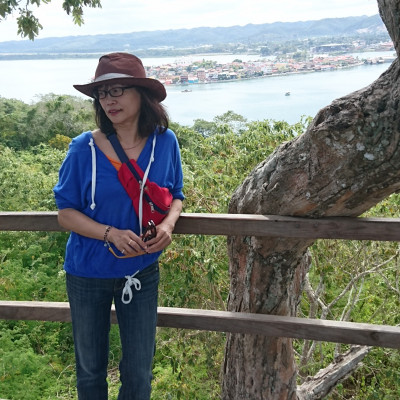Sessions / Bilingual Teaching Models and Challenges
EMI and Bilingual Education: Principles, Prospects, and Challenges #2528
Addressing EMI Teaching Challenges with Creative and Flexible Pedagogy Dr. Adrienne Johnson
Abstract This session will focus on innovative approaches to teaching content (science, math, art, health, etc.) using English as a Medium of Instruction (EMI). Often, teaching in a student’s native language can seem completely different from English as a Medium of Instruction and, therefore, EMI can be very intimidating! However, teachers can apply many of the same effective teaching skills in a typical, native language classroom and in an EMI classroom. This session will first help participants to identify similarities between teaching in students’ native languages, and teaching in English. Then, the session will help to identify the unique challenges associated with EMI teaching. Finally, the session will provide examples of flexible and creative teaching strategies that will assist in designing and delivering an effective EMI lesson.
The Art of Straddling in Taiwan’s EMI/CLIL Classroom: A Progress Report Dr. Carolyn Ho
Under Taiwan’s Bilingual Nation 2030 initiative, education of all levels has seen challenges and aspirations on the way towards the EMI/CLIL teaching model. Teacher training becomes critical as teachers play a pivotal role in successful transition from the monolingual context to the bilingual environment. University training programs are tasked with providing support to ease classroom teachers into the new approaches and additional language demand. It is in this context that the presenter will report on the progress of a needs assessment project on teacher training. The virtual project involves observing ten recorded lessons and conducting online post-observation conferences with the ten teachers, who are of various STEAM subjects and different grade levels, ranging from 6 to 11. The project has found that the teachers, be they of English or STEAM, are struggling to straddle both content and language in the classroom. They appear to wrestle with the idea of having to break down silos and incorporate added learning aims. While teachers have relatively clear understanding of the EMI/CLIL approaches on the conceptual level, it is observed that making an EMI/CLIL lesson an organic whole requires sustainable training effort in the implementation stage. The project is ongoing at the time of the conference; therefore, the presentation will summarize the progress thus far, including teachers’ various approaches to incorporate EMI/CLIL in the classroom and preliminary findings of the needs assessment. Audience will be informed of emerging training needs and thoughts on the design of a teacher training curriculum for the Taiwan context.
EMI and Bilingual Education: Prospects, Challenges, and Practice Lori Robbins
This session will cover different bilingual teaching models and support in the United States. She will also discuss best teaching practices to reach English language learners of all levels. This session will give you a better understanding of the American bilingual education system, and you will leave with tools and strategies that you can implement in your classroom! Lori Robbins started her journey in education in 2010 as a high school Spanish teacher. She has also taught English as a Second Language for four years. Currently, she is an Instructional Coach and provides professional learning experiences to the teachers in her school. She specializes in creating an engaging classroom and incorporating technology in lessons. Bilingual education and multilingual students are huge passions of Mrs. Robbins, and she is excited to share what she has learned with you!
Evaluating the Effectiveness of EMI Courses in Taiwan Through Students’ Perspectives #2536
In response to globalization and as an adaptive means to 2030 bilingual nation policy, English mediated instruction (EMI) is an emerging phenomenon in higher education in Taiwan and has received energetic discussions, exploring its potential to attract international students and boost domestic students' international competence. However, there is still a distinct lack of evidence in support of EMI courses’ effectiveness on a synchronic improvement of students’ content and language learning. To fill this gap, this study conducted a survey with both quantitative and qualitative questions with the recruitment of ninety-four non-English major college students in a private university in northern Taiwan. The questionnaire started from a draft, was then reviewed by two teacher reviewers and a student reviewer before it was finalized. Three groups of questions were devised to correspond to three research questions and to elicit the student participants’ perceptions of the EMI courses they attended. Regarding the effectiveness of EMI courses on content learning, quantitative data showed that slightly more than half of the participants disagreed. However, qualitative data revealed that the participants did agree upon a need for EMI courses and believed that EMI courses would be helpful. Their disagreement stemmed more from concerns of an extra burden of using English and stress on comprehending terminologies in their major fields. In other words, once the students' concerns could be addressed, using English as a teaching language itself would not be an issue. Regarding the effectiveness of the EMI courses on language learning, it was positively accepted by the participants, and both listening and speaking skills were rated as being improved. Writing was the least trained language skill. Major factors influencing the students’ choices of EMI courses centered on the course content and teaching styles rather than the teaching language. The findings of this study overall supported the further promotion of EMI courses on campus and provided a base for both course design and pedagogical implications. Contrary to a provision of adaptive courses proposed in previous studies, it was suggested here that no separate adaptive courses be needed. Instead, adaptive teaching strategies should be discussed and applied to transform the regular teaching to EMI. Also, apart from a confirmed need for translanguaging, a specific description of desirable teachers’ classroom translanguaging was proposed. It seemed essential that core terminologies be delivered bilingually to guarantee students’ comprehension and that translanguaging make up no more than one-fourth of the teaching language and occur only with the teaching of core terminologies. Other adaptive strategies included a slowed speech speed and necessary repetition. This study also proposed that the discussion of EMI courses not be limited to whether or what courses should be taught in English, but extend to and center on how the target content could be successfully delivered in English by a teaching cohort, the majority of whom are non-native English speakers.
Creating an effective immersion environment for bilingual programs: A language planning action research in Australia #2504
This presentation reports on an action research project undertaken by the presenter over the last 12 months, as he began his principalship in a Chinese/English bilingual school in Melbourne, Australia. Like most bilingual schools in Australia, the presenter’s own school offers a 50-50 one-way bilingual program for a student population that largely consists of non-Chinese heritage speakers with no exposure to the language beyond the school environment.
The action research project aims to uncover the necessary ingredients for creating an immersion environment beyond the classroom for the minoritised target language, in this case, Chinese. The first half of the presentation will focus on two strategies trialled at the school in the 2021 school year and the results to date. These findings have prompted further investigation, for which the school has engaged an external researcher.
The second half of the presentation will explore the theoretical foundations that underpin the work attempted and the next iteration of the school’s plan to create an immersion environment through school-based language policy initiatives, encompassing multiple semiotic resources, and encouraging translanguaging practices with an aim to cultivate students of bilingual/multilingual competence and identities. Data will be collected using an ethnographic approach by the researcher on the school site, eventually the study is attempted to result in an evidence-based “switch-board” style language policy document that could guide the thinking behind language choice for leaders of bilingual schools.
Being a collaborative project between a frontline practitioner and a researcher, it is hoped that the presentation of the findings to date and the school’s upcoming plans could open a fruitful dialogue between bilingual schools that also share the same challenges.






